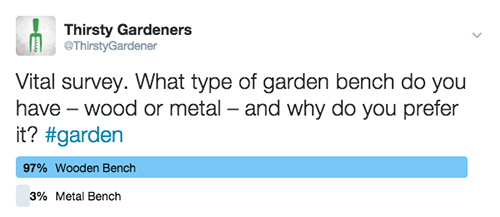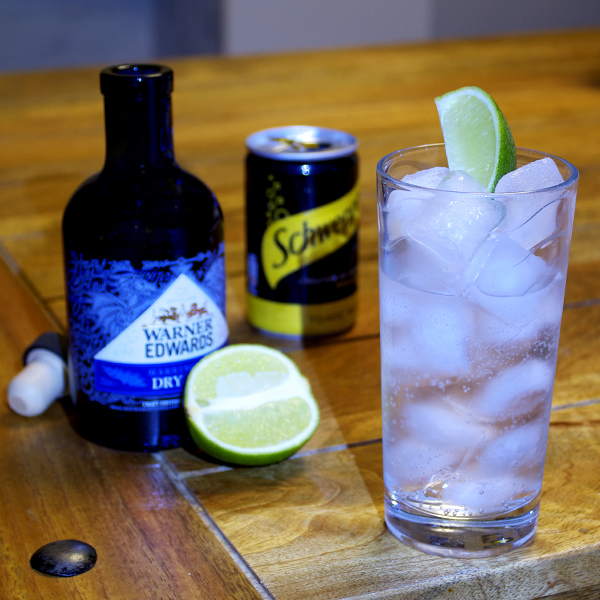Every time my Dad visits, I pack up a box of beer from my collection for him to take home and enjoy. Over the years I’ve learned the kind of beers he likes and what to avoid (1), rarely getting it wrong (2). But no matter how much praise he heaps on any one beer from his free pack, it’s never quite as good as his favourite: Brakspear’s Oxford Gold.
Most of the cans and bottles on my beer shelves have been sent to me by breweries or retailers, keen to promote their booze to our beer-savvy readers (3). Every time I see my Dad he asks if I’ve contacted Brakspear to ask if they would be interested in having a feature about their beer on this site so he can snaffle any Oxford Gold they might happen to send my way. I’m not a fan of such blatant blagging so fob him off with “I haven’t got round to it yet.”
This week I received an email from our pals at German supermarket giant Aldi. They’re promoting a box of beer to accompany rugby viewing and wanted to know if we could feature it on our site. The pack includes to bottles of Oxford Gold. For my dad’s sake, the answer was “yes”.
But this time he has to earn his precious booze, so I’ve asked him to write a beer-of-the-week review. Here it is…
Nick’s Dad Jim’s Beer of the Week: Brakspear Oxford Gold
“When you pour this beer, it is sheer liquid gold, giving off an aroma of fresh hops and scents of the countryside. When it hits your mouth you want to quickly take a second mouthful, and a third, the taste is so satisfying.”
“The blend of ingredients is top notch.”
“I like this beer because it has its unique flavour. I have not found any other beer to match this.”
“After a busy day on the garden (4), bird watching (5), down on Nick’s allotment (6), it’s back home and after a meal I open up Grandad’s (7) cupboard and out with this beer. What a fitting end to the day.”
“Grandad’s favourite.”
Footnotes
(1) Light beers and lagers good; dark beers risky; anything containing coriander to be avoided at all cost.
(2) I’ve learned the hard way. Precious booze has been dumped down the drain if it doesn’t meet his exacting standards.
(3) Yes, it’s all your fault we get sent beer. THANK YOU.
(4) He looks after a few gardens to keep him in beer money.
(5) If you’ve ever got a few weeks to kill, ask him to show you his bird photos…
(6) This is a lie. Despite being a gardener he has never touched a tool on the allotment or in garden.
(7) He became a grandad for the first time a few months ago and now refers to himself as ‘Grandad’ at every opportunity. His Grandson has also provided a reason to visit more frequently, causing rapid depletion to my stocks of golden ales.
Aldi’s Classic Ales Selection
Here are the six brews, each part of the Marston’s stable, that Aldi have put together as recommended guzzling while watching rugby.
Ringwood, Mauler, 3.9%
An easy going golden ale with a noticeable dab of sweetness and a bitter crunch. I would happily chug away on this for an afternoon session.
Wychwood, Dirty Tackle, 4%
An amber ale with a solid malty background and plenty of earthy, dry bitter flavours. I was quite surprised how much I liked this. The pick of the pack.
Marston’s Pedigree, 4.5%
I had so many badly kept pints of Pedigree when I lived in the Midlands that I’ve rarely touched it since. This bottled version is a basic biscuity bitter and much better than my memory of it. It’s still far from a favourite but is decent enough for a rugby watching pint.
Thwaites, Wainwright, 4.1%
Very light, slightly sweet and a touch lemony. My Dad would definitely like this one, although I would prefer a bit more flavour.
Jennings, Cumberland, 4%
Similar to Thwaites offering but less on the citrus side and a bit more bitterness. Another beer that’s fine for a session but not something I would gravitate towards.
Brakspear, Oxford Gold, 4.6%
A decent amount of booze helps push through punchier flavours than some of the other golden ales in this box. There’s zestiness, some floral notes and a bit of spice to the bitterness. Good choice, Grandad.

Lowdown
Brewery: Brakspear, Henley on Thames, Oxfordshire
Beer name: Oxford Gold
Strength: 4.6%
Hops used: Golding, Styrian Golding, Fuggle, Admiral
The post Beer of the week #102: Brakspear, Oxford Gold appeared first on Two Thirsty Gardeners.
from Two Thirsty Gardeners http://twothirstygardeners.co.uk/2017/02/beer-review-brakspear-oxford-gold-rugby-marston-aldi/






